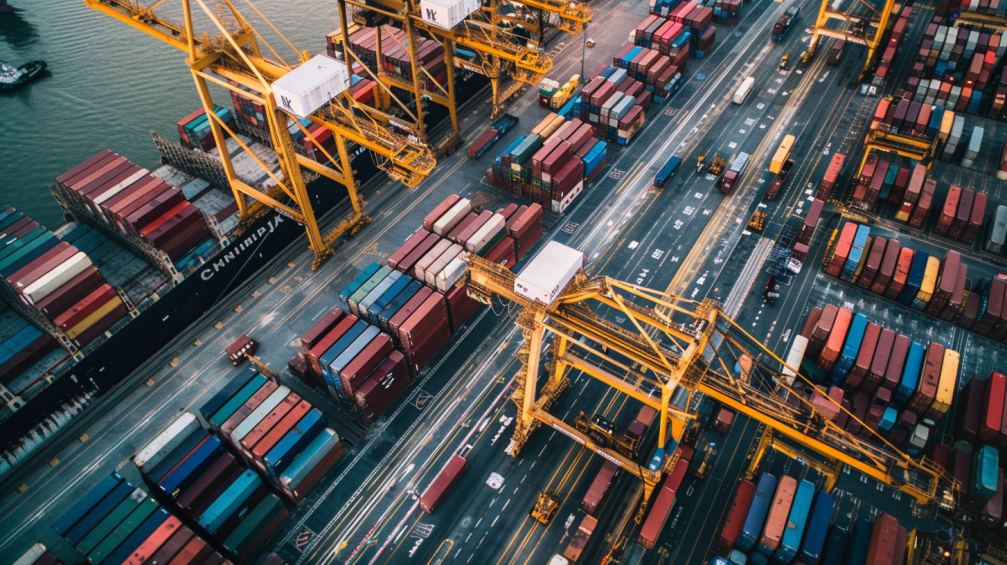| Key Points: – Dockworkers strike over pay and automation concerns, signaling rising labor tensions over technology. – Labor unions across various industries are pushing back against job displacement due to automation. – Experts predict the effects of automation will soon impact all sectors, not just manual labor jobs. |
The ongoing dockworkers’ strike over demands for higher wages and a ban on automation marks the latest battle in the growing resistance to technology in the workplace. As automation and artificial intelligence (AI) continue to reshape industries, labor unions across the U.S. are beginning to take a stand, seeking to control how these advancements impact their livelihoods. Rather than allowing employers to dictate the changes, workers are pushing for a more equitable approach to technological progress, one that balances innovation with job security.
The dockworkers’ strike is part of a broader trend that has seen unions across various industries, from Hollywood writers to auto workers, rally against automation and AI’s encroachment on their jobs. In recent months, employees have walked off the job, demanding fairer working conditions and stronger protections against the displacement caused by these emerging technologies. These collective actions are not just about wages; they represent a broader anxiety about the future of work in an increasingly automated world.
“These labor movements are connected by a common thread of resistance to technology and automation,” says Alexander Hertel-Fernandez, an associate professor at Columbia University. “As unions begin to succeed in one sector, it builds momentum and encourages workers in other fields to push back as well.”
One of the primary concerns of the dockworkers is that automation could lead to massive job losses. The shipping industry, which traditionally relies heavily on human labor, is now seeing advancements in robotics and AI that threaten to replace workers with machines. If automation is fully implemented in ports, it could transform an industry once dominated by human labor into one driven by robotics. This shift raises fears about the future of jobs in the sector and the potential consequences for workers who may find themselves obsolete.
The effects of a prolonged strike are already being felt, with delays in cargo shipments, higher prices, and supply chain disruptions on the horizon. Critics of the strike argue that resisting automation is akin to fighting the tide of progress. However, labor advocates counter that the conversation should be less about resisting technology and more about ensuring that workers are not left behind in the process.
“We need to strike a balance between advancing technology and protecting workers’ livelihoods,” says Darrell West, a senior fellow at the Brookings Institution. West suggests that retraining programs for displaced workers could offer a potential solution. “Mandating retraining programs for employees affected by automation could allow them to transition into other roles within the company or industry, rather than simply being pushed out.”
While automation may currently be impacting sectors like shipping and manufacturing, its reach is expanding. West warns, “Eventually, this will happen across all industries.” Whether it’s manual labor or white-collar jobs, no one is immune from the disruptions caused by technological advancements. What we see with the dockworkers today could set a precedent for how other sectors respond when automation begins to threaten their jobs.
Ultimately, the dockworkers’ strike is not just about protecting jobs in the shipping industry—it’s about establishing a framework for how society handles the rapid rise of technology. The decisions made in this strike could shape the future of work for employees across various industries, many of whom are also at risk of displacement by automation.
